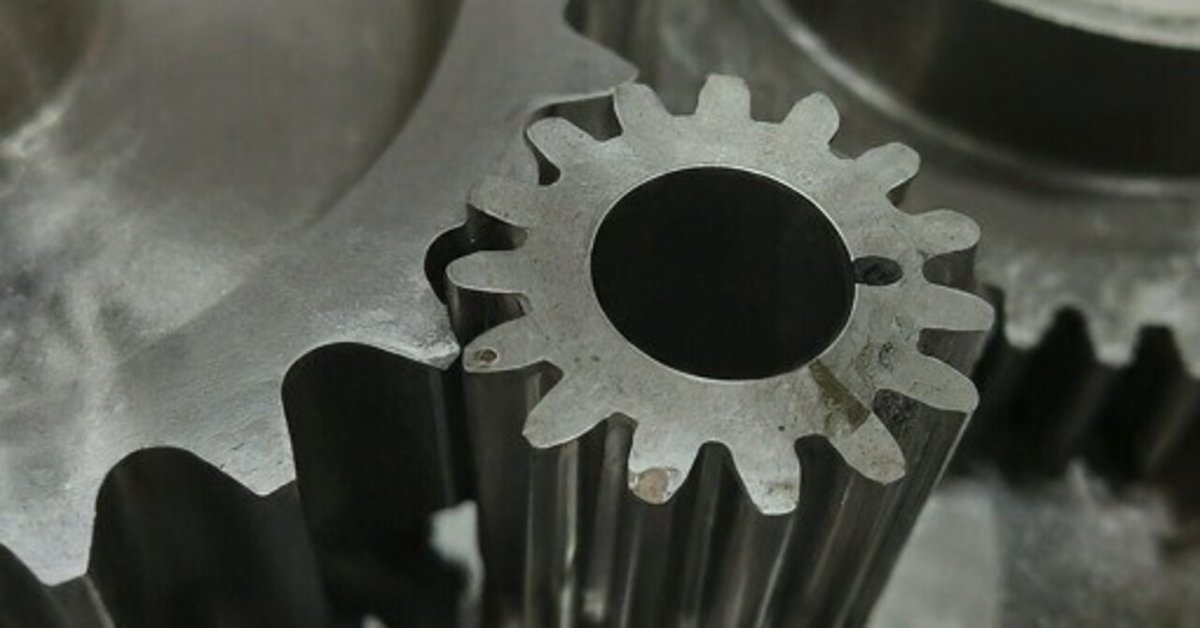
機械のEnglish1
A: Today, let's talk about gears in machinery. Gears are fascinating components, especially when we discuss the number of teeth, rotational speed, and module.
B: Absolutely. I remember that the number of teeth on a gear determines its size and how it meshes with other gears. The more teeth a gear has, the larger its diameter.
A: That's correct. The relationship between the number of teeth Z and the diameter 𝑑 is defined by the module 𝑚. The formula is 𝑚=𝑑/Z
B: So, if we have a gear with 20 teeth and a module of 2, the diameter would be 𝑑=𝑚×Z=2×20=40mm.
A: Exactly. The module is a critical parameter in gear design. It standardizes the gear size and ensures proper meshing between gears.
B: And what about the rotational speed? How does it relate to the number of teeth?
A: The rotational speed 𝑛 of gears in mesh is inversely proportional to the number of teeth. If Gear A has Z𝐴 teeth and rotates at 𝑛𝐴 rpm, and Gear B has Z𝐵 teeth, the rotational speed 𝑛𝐵 of Gear B is given by: Z𝐴×𝑛𝐴=Z𝐵×𝑛𝐵
B:Let me see if I got it. If Gear A has 30 teeth and rotates at 100 rpm, and Gear B has 60 teeth, its rotational speed would be: 𝑛𝐵=(Z𝐴×𝑛𝐴)/Z𝐵=(30×100)/60=50 rpm
A: Exactly. When the number of teeth doubles, the rotational speed halves, maintaining the gear ratio.
B: Gears also need to maintain the correct distance between their centers, right? How is that determined?
A: Yes, the center distance 𝑎 between two gears is calculated by the sum of their pitch circle radii. For gears with modules 𝑚 and teeth Z1 and ZS2, the formula is: 𝑎=𝑚(Z1+Z2)/2.
B: So, for gears with 20 and 40 teeth and a module of 2, the center distance would be: 𝑎=2(20+40)/2=60 mm.
A: Exactly. Understanding these relationships helps in designing efficient gear systems.
B: This has been really informative. Thanks, A!
A: You're welcome, B. It's always fun to discuss gear mechanics!
